Kerry Blue Terrier
The Kerry Blue Terrier is an ultimate working terrier breed. It was bred for vermin control, herding sheep, hunting, and general farm work. This is not a wildly popular dog breed in the US. Still, it has lovers and enthusiasts who praise this breed for its spectacular working ability.
This breed got its name from Kerry County in Ireland, the place where this breed first came to life. These dogs are usually very friendly towards people but might take some adjusting when it comes to other dogs, especially of the same sex. If you already have a dog, this might not be the best fit for you. Here is the most essential information about the Kerry Blue Terrier.
Dog Breed Video

Height:
17-19 in (43-48 cm)

Weight:
33-40 lb (15-18 kg)

Origin:
Ireland

Life Expectancy:
12-15 years
Dog Breed Characteristics
Appearance
This breed has a long but proportionate head and small dark beady eyes that have a "keen terrier expression." They have small V-shaped ears that are carried forward and folded to sit above their skull. Kerries have a long, strong neck and a muscular body that sits on four long legs. Finally, their short tail is held proudly and straight, giving the appearance that they are always alert and ready to act. This breed is said to move in a "fluid-like" manner.
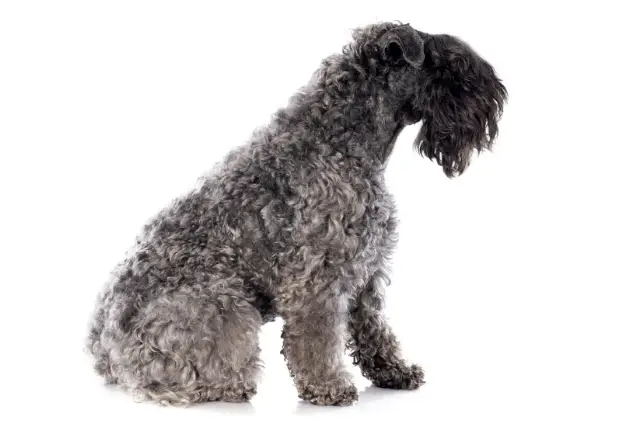
Coat type
The Kerry Blue coat is soft, dense, and wavy, and while it is non-shedding, it requires a lot of care. These dogs have luxuriously soft fur that is a joy to pet.
Coat color
Kerry Blue Terrier puppies are all born with a black coat that fades to grey-blue or blue-grey between 9 and 24 months of the dog’s life. It is believed that the timing of this change in coat color predicts how light their coat will eventually become. Those who change to blue earlier, for example, will be much lighter. It is also not uncommon for adults of this breed to have a slightly darker muzzle, head, ears, tail, and feet.
Temperament
The Kerry Blue Terrier is a breed that is intelligent, independent, and playful. They enjoy being a part of the family. Their sense of humor makes them excellent playmates and companions for children. This breed also has some “Irish charm,” as evidenced by their cheeky and mischievous terrier antics, which will keep the whole family entertained. To avoid your cat or house rabbit becoming the uninvited recipient of your Kerry's hunting skills, this breed should ideally be the only pet in the house.
True to its Irish roots, the Kerry Blue Terrier has a lot to say. Barking can be an issue for this breed, so consider your living arrangements before choosing a Kerry Blue or invest in some ear protectors. When combined with their protective instinct, their willingness to bark has advantages. They make excellent guard dogs – no need for a burglar alarm with these furry friends looking out for you.
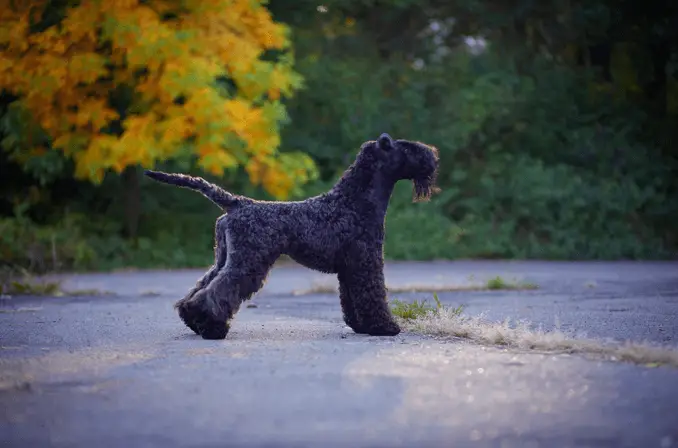
Allowing the Kerry Blue Terrier off the leash should be done with caution. Their eagerness to explore, combined with their enhanced hunting instincts, can lead to all sorts of mischief. So, always make sure you're in a safe place before unclipping their leash. Other undesirable characteristics include a fondness for digging. If you have green fingers and value your lawn and flower beds, this breed may not be a perfect match for you.
Importantly, Kerries enjoy spending time with you and do not do well when left alone for long periods, as they can experience separation anxiety. This can result in the development of destructive behaviors.
Care guide
A comprehensive Kerry Blue Terrier care regimen includes several critical components. Grooming, training, socialization, high-quality nutrition, and plenty of exercise should be part of their care. The following are the most important aspects of Kerry's care guide.
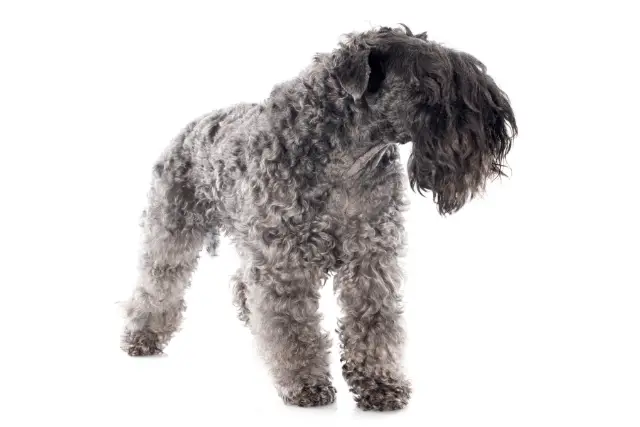
Grooming
The Kerry Blue coat is soft, dense, and wavy, and while it is non-shedding, it requires a lot of care. The breed requires daily brushing, as well as trimming and bathing every 4 to 6 weeks.
Most owners prefer to hire a professional groomer to trim their Kerry Blue, but finding one familiar with the Kerry Blue standard can be difficult. Because Kerry Blue is a rare breed, the average groomer may end up trimming your dog to look like a Schnauzer or a Poodle.
Your best bet is to go with a groomer who has been certified by a national certifying agency. While certification is not legally required (like kennel licensing), it does demonstrate ongoing education. The Kerry Blue Foundation website also has a state-by-state listing of experienced groomers.
Brush your Kerry Blue teeth at least twice a week to remove tartar and the bacteria that live within them. Brushing twice a day is even better if you want to avoid periodontal disease and bad breath.
Trim your dog's nails once or twice a month if they don’t wear them down naturally to avoid painful tears and other issues. They're too long if you can hear them clicking on the floor. Dog toenails contain blood vessels, and if you cut too deeply, you may cause bleeding — and your dog may refuse to cooperate the next time the nail clippers come out. So, if you're not used to trimming dog nails, seek advice from a vet or groomer.
Kerry’s ears should be checked weekly for redness or a bad odor, which can indicate an infection. When cleaning your dog's ears, use a cotton ball dampened with a gentle, pH-balanced ear cleaner to help prevent infections. Do not insert anything into the ear canal; instead, clean only the outside of the ear.
Training
Because of their stubborn terrier streak and “mind of their own,” Kerry Blue Terriers require firm and patient training. It's well worth the effort, though, because once engaged, this intelligent breed can quickly learn new commands as well as more complex tasks.
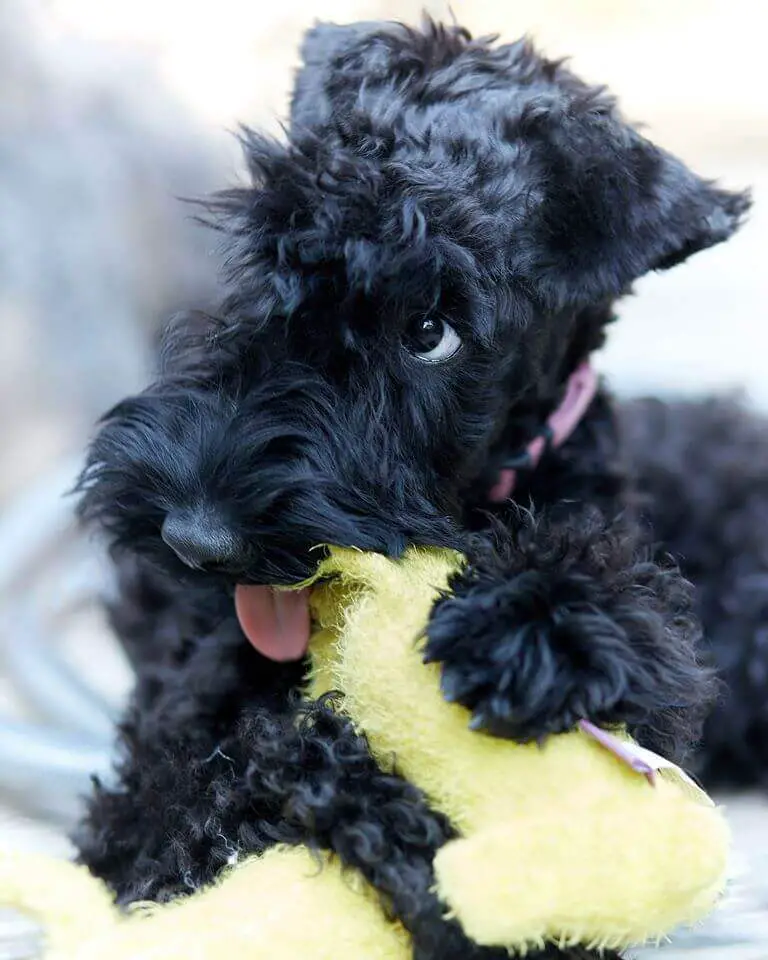
Unfortunately, their recall and obedience can be lacking (as their hunting instincts tend to take precedence), so always keep a super tasty treat in your pocket when out and about!
Exercise needs
Exercise is essential for these dogs' health and happiness. They make excellent jogging companions and, despite their small size, can go a long way. You should expect to take your Kerry Blue on several long walks per day at the very least. They benefit from having a yard as well, but they can be prone to digging, so keep an eye on that.
This dog breed is an excellent choice if you want a sporty canine who excels in competition. They are eager to please and have a lot of energy that they can channel into dog sports like agility competitions. Obedience training will also put Kerry Blue's mind and heart to work.
Socialization
The Kerry Blue Terrier, like any other dog breed, should begin socialization as soon as possible. Dogs that have not been well socialized are prone to behavioral issues and may react negatively to situations with which they are unfamiliar.
There are numerous ways to socialize your Kerry Blue Terrier. The most important thing to do is familiarize your dog with various situations they may encounter. Take your dog to dog parks where they can interact with other dogs and people. They can learn to react appropriately and realize they don't have to be afraid of strangers or other dogs.
Kerry Blue and the kids
The Kerry Blue adores children, and because they are strong dogs, they can withstand some roughhousing. They have a pleasant demeanor and aren't usually grumpy around children.
It is important to teach children how to approach and interact with dogs. Always supervise any interactions between dogs and young children to avoid biting or ear or tail pulling on either party's part.
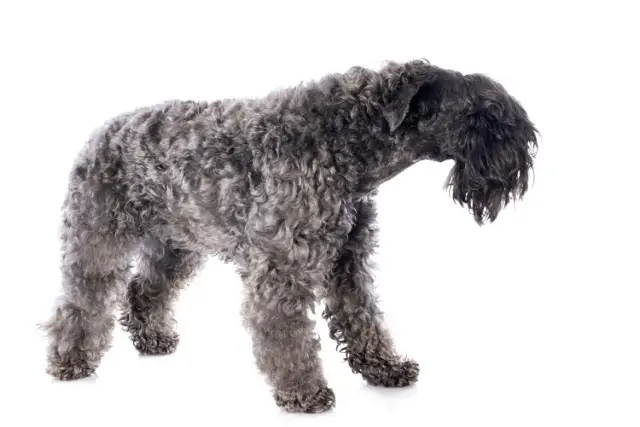
Kerry Blue and other pets
The Kerry Blue can be grumpy, even aggressive, with other dogs. Still, with socialization, training, and alterations, this tendency can be reduced. When Kerry Blue is around other dogs, especially those unfamiliar to them, never let your guard down.
The Kerry Blue is also not fond of small animals, given their strong prey drive. Because their instinct is to chase, keep them leashed in public. Raising them together or adequately introducing them to cats or small mammals in your home is the best way to ensure they will get along. Following that, it is recommended that you keep a close eye on your pets.
Remember that even if you follow all of the advice from trainers, behaviorists, and other owners, your Kerry Blue may still have problems with other dogs. It's just in their DNA.
Health
The Kerry Blue Terrier, like any other dog breed, is susceptible to health issues. When getting a dog, ensure the breeder can provide you with the necessary health tests and guarantees. Always request to see the puppy's parents, and the breeder will show you the results of health tests. These dogs are associated with the following health issues:
- Hypothyroidism - A medical condition caused by the thyroid gland's overproduction of hormones.
- Hip dysplasia - A genetic condition characterized by an abnormally formed hip joint.
- Cataracts - Cloudy spots on the eye's lens that can lead to blindness.
- Entropion - A flaw that causes the eyelid to roll inward.
- Patellar luxation - A medical condition that causes the kneecap to pop out of its usual position. The problem can be mild or severe.
- Cancer - Dogs, like humans, can develop cancer. Chemotherapy, medication, and surgery are all options for treatment.
The Kerry Blue Terrier is a very healthy breed that can live for 12-15 years.
Kerry Blue Terrier breeders
If you think this is the breed for you and want to get one of these dogs, look for a reputable Kerry Blue Terrier breeder. This is the only way to ensure your Kerry Blue puppy is as healthy and happy as possible.
Ask the breeder as many questions as possible and request advice on living with a Kerry Blue Terrier. Allow them to assist you in making the best decision for you and your family.
World Dog Finder team

Updated at19.09.2023.
Breed History
Kerry Blue's history is largely unknown. For all practical purposes, it appears that the dog first appeared on the coast of southwest Ireland at least 150 years ago. There are numerous stories about how the breed came to be, including accounts of a shipwrecked dog with a blue-coated dog swimming ashore.
No one knows how this breed came to be, but the sturdy Kerry Blue quickly became an important part of life in Kerry County, Ireland. The dogs became such a fixture in the community that it was only natural for the breed to be named “Kerry,” after the county from which it originated.
Farmers used the Kerry Blue Terrier as a general-purpose working dog. They were frequently used to herd sheep and cattle, as well as to hunt mice, rats, and rabbits around the property. There's also evidence that in the early days of the breed's history, peasants used these terriers for hunting small game on the property of nobility, who used much larger Irish Wolfhounds to guard their property.
Some believe the Kerry Blue was bred from other terriers, such as the Bedlington Terrier, Soft-Coated Wheaten Terrier, or Irish Terrier. Irish Wolfhounds may have also contributed to the development of the breed.
By the early 1900s, the breed type had been well defined, and the dogs were beginning to make their presence known in Ireland and England's show rings. Increased interest in the compact Irish Blue Terrier (as the breed was initially known) resulted in the breed's expansion beyond its Kerry County home.
Kerry Blue Terriers were introduced to North America as pets and show dogs as the 1920s began. The dogs' distinct personalities and appearances undoubtedly aided the breed's establishment in the United States. It was only a short time later, in 1922, that the Kerry Blue Terrier received national recognition.
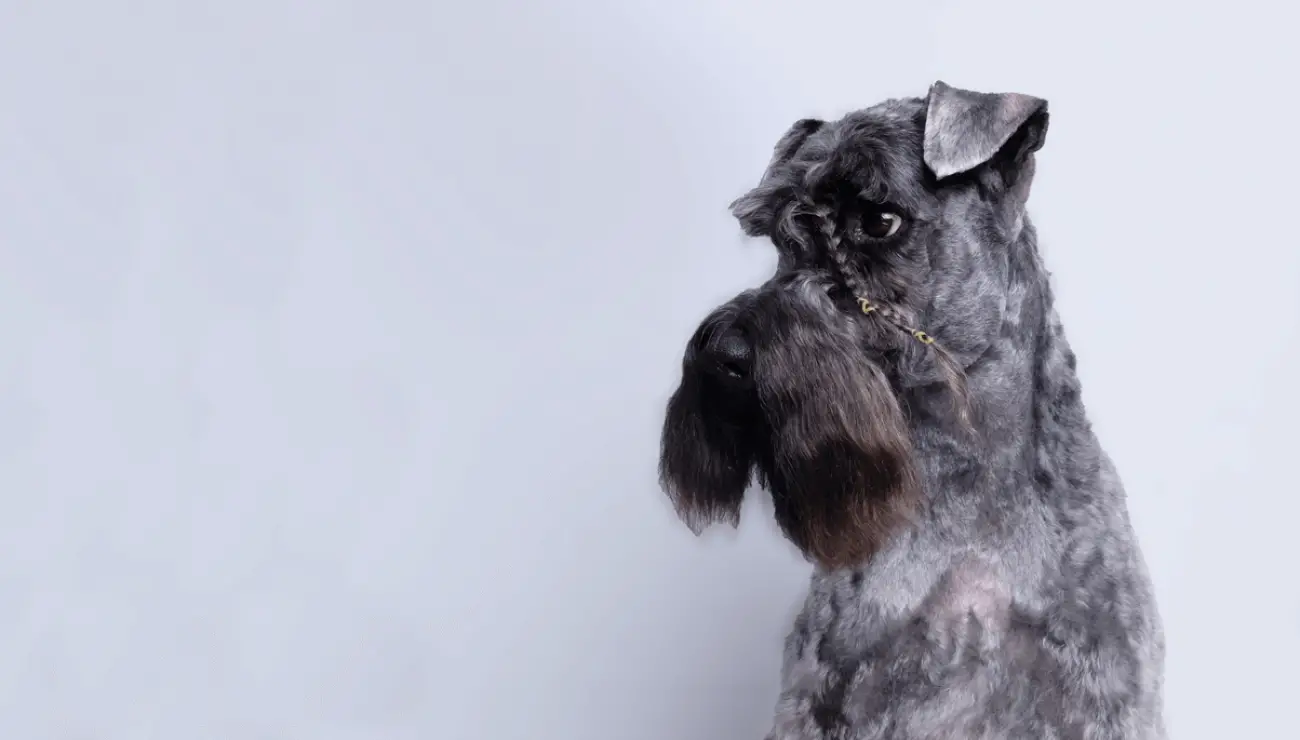
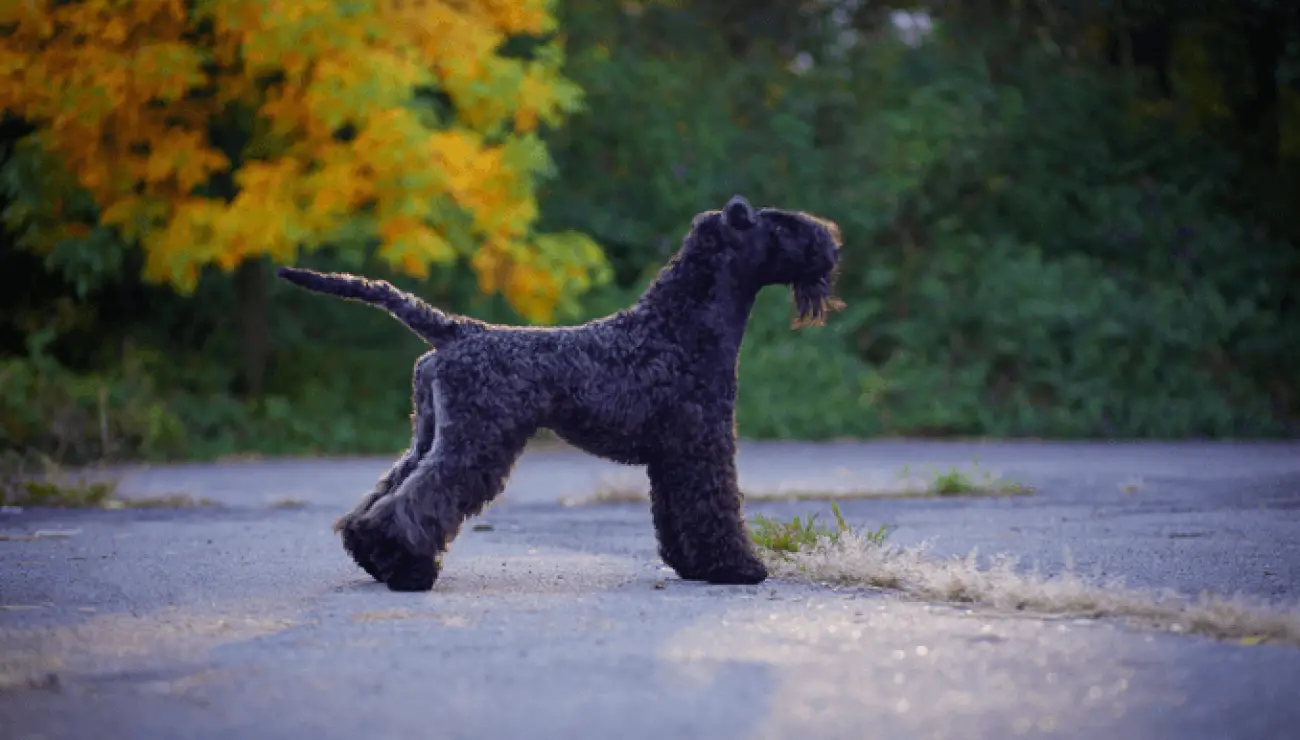
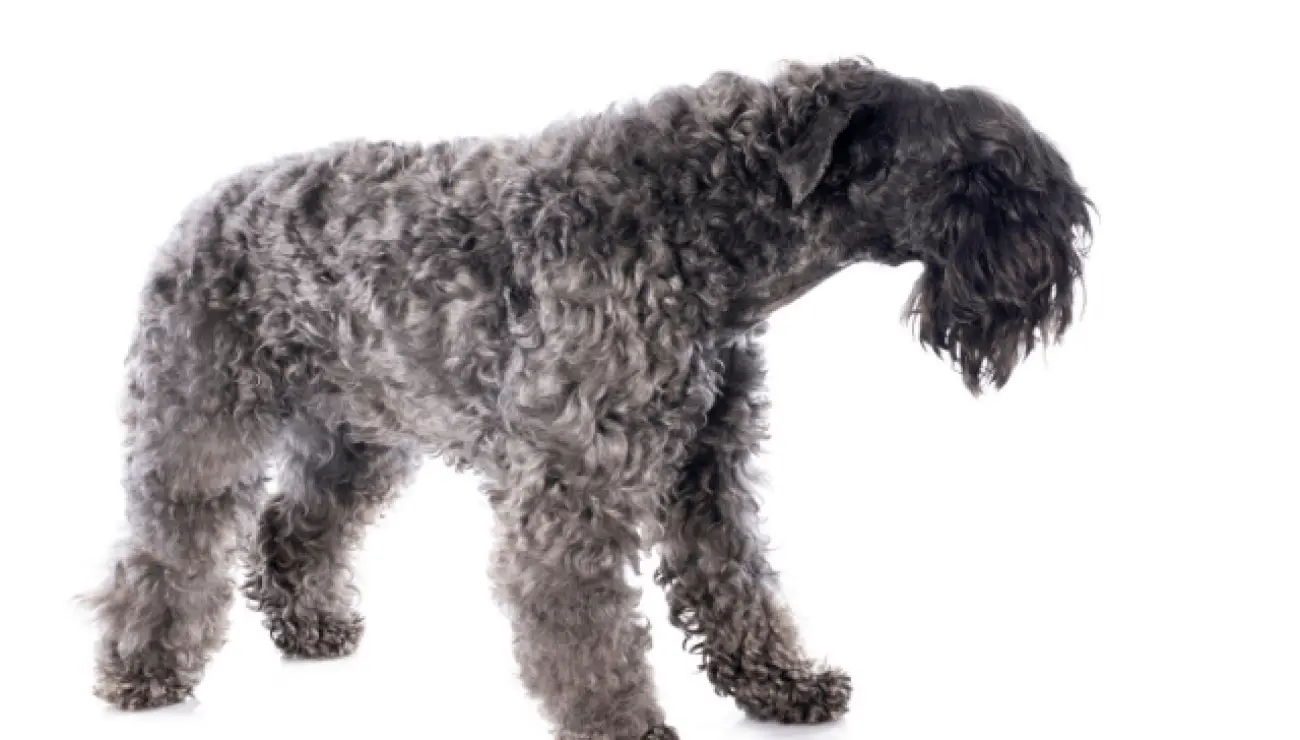
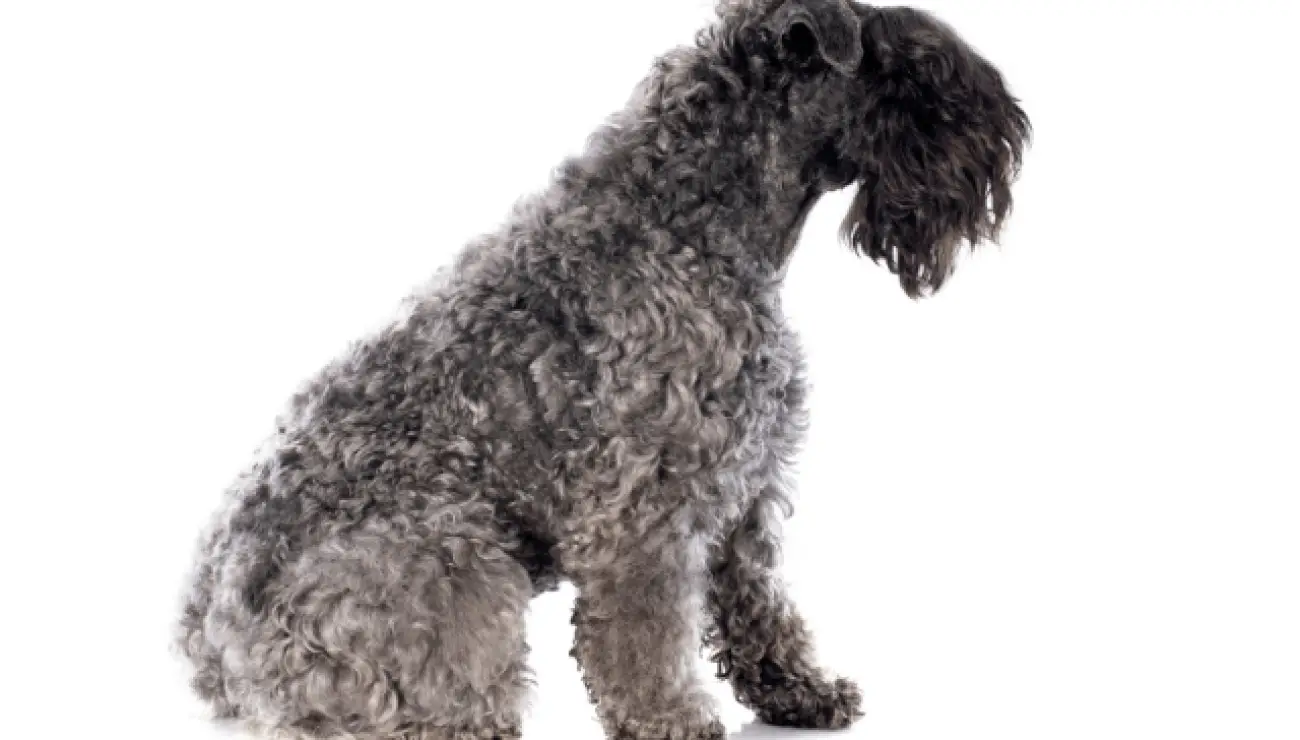
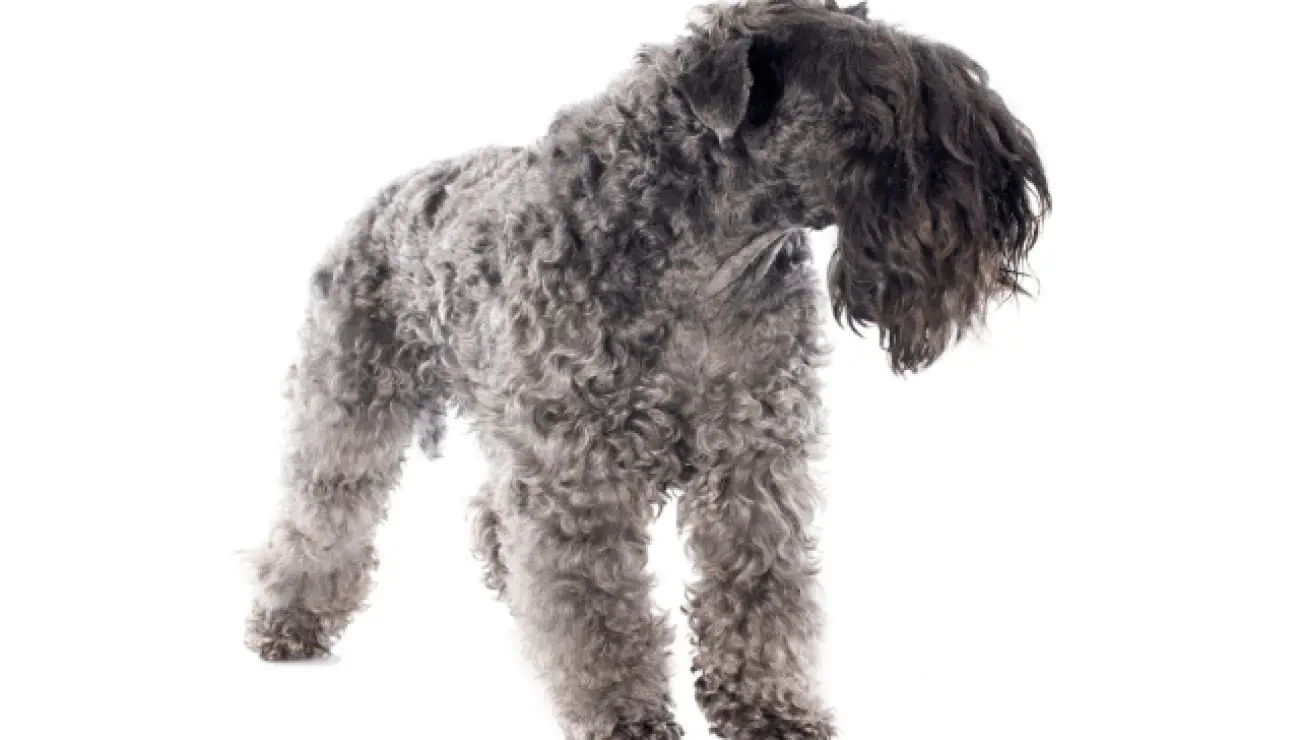





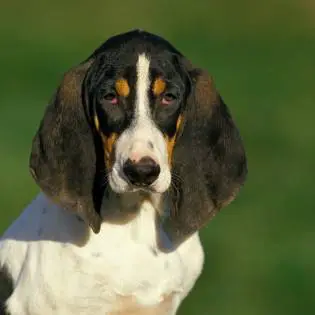



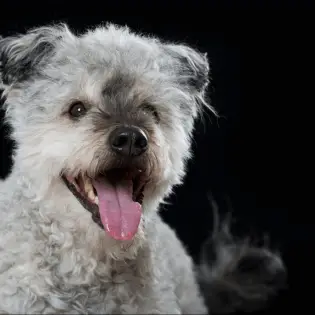

Share